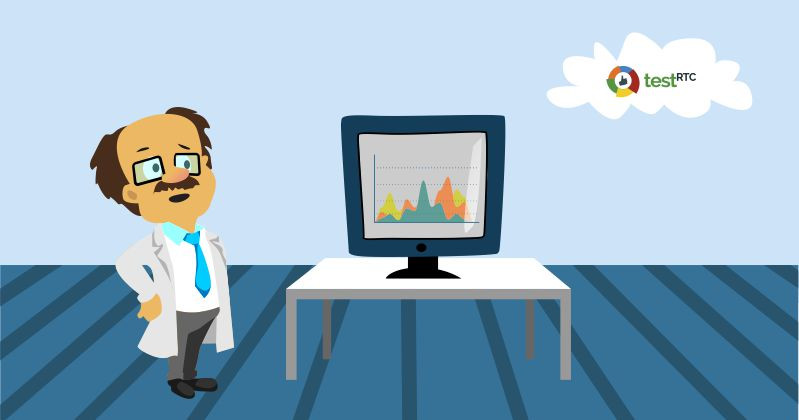There’s a wealth of information tucked into the chrome://webrtc-internals tab, but there was up until recently very little documentation about it. So we set out to solve that, and with the assistance of Philipp Hancke wrote a series of articles on what you can find in webrtc-internals and how to make use of it.
The result? The most up to date (and complete) webrtc-internals documentation.
To make sure it doesn’t get lost, here are the links to the various articles:
- webrtc-internals and getstats parameters – a detailed view of webrtc-internals and the getstats() parameters it collects
- active connections in webrtc-internals – an explanation of how to find the active connection in webrtc-internals – and how to wrap back from there to find the ICE candidates of the active connection
- webrtc-internals API trace – a guide on what to expect in the API trace for a successful WebRTC session, along with some typical failure cases
Enjoy!

